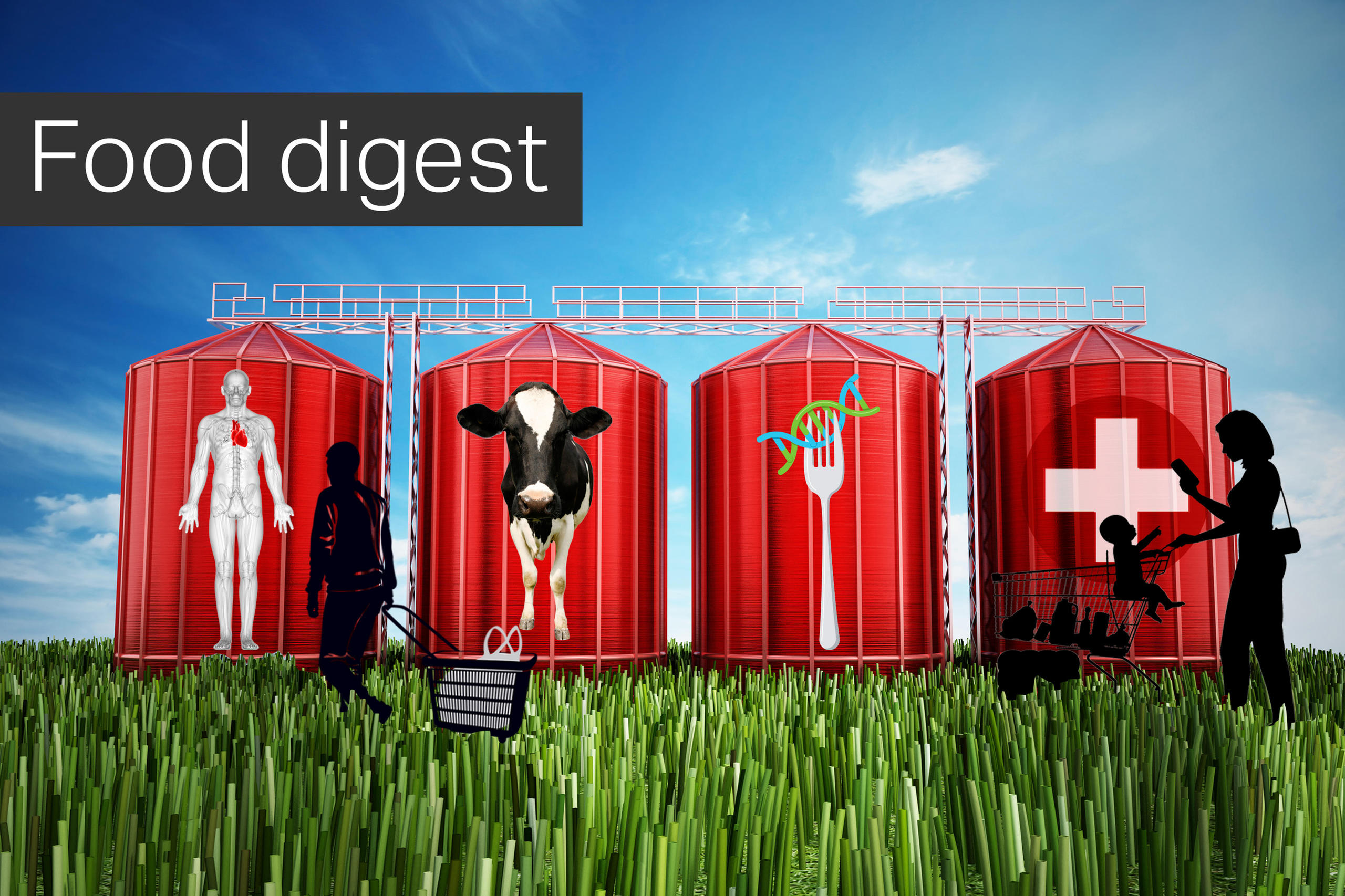Why Switzerland is resistant to food-price inflation

Switzerland may be a “high-price island” when it comes to the cost of food, but despite food prices rising globally, it has proved largely immune to this trend compared to other countries. The Alpine nation experienced an average annual inflation of just 2.8% in 2022, compared to 9.2% for the European Union (EU), the highest level ever recorded in the bloc and more than three times the inflation rate in 2021. Food and non-alcoholic beverage costs rose by an average of 4% in Switzerland, compared to 11.9% in the EU.
The war in Ukraine had affected global supplies of wheat, which in turn had a knock-on effect on the price of food staples like pasta. For example, in Italy, the land of pasta, the annual price rise was 17.2% in 2022, according to Eurostat. In comparison, Swiss consumers had to pay only 11.2% more for spaghetti that same year. Overall, Switzerland rode the global food price crisis quite well. This is especially surprising given the small country must import around half of all its calories.
So, why is Switzerland relatively untouched when it comes to food price inflation?
Cost distribution structure
One reason is that high Swiss prices – which take into account wages and logistics – serve as a buffer against global price fluctuations. This means that exposure to inflation is relatively low compared to the overall price of a food item.
“While a significant portion of the retail price covers logistics, storage, and wages, the impact of price changes in these components is relatively lower than the price variations experienced in other countries,” says Thomas Schwab of German think tank Bertelsmann Stiftung. “This results from Switzerland’s higher overall price level, which mitigates the relative change in the price of commodities like bananas compared to countries with lower price levels.”
In addition, in Switzerland, fixed costs of food production (such as machines, buildings, land and labour) are much higher than variable costs (such as fertiliser, pesticides and seeds). For example, fixed cost per tonne of wheat was CHF500 ($566) in 2017 while variable costs were CHF200 – in Germany, fixed and variable costs were CHF90 each.
Price regulation
Another reason for Swiss resistance to food price inflation is that the price of many consumer goods is regulated by the government. More than a quarter of products in the consumer basket used to calculate inflation are subject to price regulation. This level of price control is the highest in Europe, which means that the price of many items are not completely at the mercy of demand and supply.
Dynamic import tariffs
Furthermore, Switzerland employs a dynamic import tariff system that is closely tied to national production levels. This is of particular relevance for agricultural imports.
“In times of abundance, tariffs are set high, serving as a buffer against fluctuations in global market prices. Conversely, when global prices rise, tariffs are adjusted downward,” says Schwab.
Energy use in agriculture
Lastly, the way energy use is structured in Switzerland also has an impact on the price of food.
“Energy is a pivotal cost factor in the production and distribution of agricultural goods. From cultivation to processing and transportation, energy plays a vital role,” says Schwab.
Swiss agriculture’s direct share of energy use was 0.6% in 2020 while the OECD average is 2%. The cost of this energy was also mitigated due the structure of the Swiss energy market. Most electricity providers are integrated local grid operators, who produce the electricity they deliver themselves or buy it inexpensively based on long-term purchasing agreements. This keeps energy prices stable.
“In Switzerland, unique energy market structures contribute to a more moderate increase in energy prices. This, in turn, translates into lower food inflation rates,” says Schwab.
Room for cost savings
This does not mean Swiss consumers are immune to food price rises.
Staples like pasta, milk and cooking oil have been hit harder than other items like potatoes, tinned fish or berries.
Perhaps it is time to modify your shopping basket.
This article is part of our dedicated coverage of developments in the food industry from a consumer’s point of view. Despite its small size, Switzerland occupies a substantial place in the global food basket. It is home to food and agriculture giants like Nestlé and Syngenta, as well a major players in chocolate and dairy. The country is also positioning itself as a food tech hub with many startups and a dedicated incubator in the form of the Swiss Food and Nutrition Valley. The Alpine nation is also the European hub for many commodity firms dealing with food products like soy, cocoa, coffee and palm oil.
More

In compliance with the JTI standards
More: SWI swissinfo.ch certified by the Journalism Trust Initiative









You can find an overview of ongoing debates with our journalists here . Please join us!
If you want to start a conversation about a topic raised in this article or want to report factual errors, email us at english@swissinfo.ch.